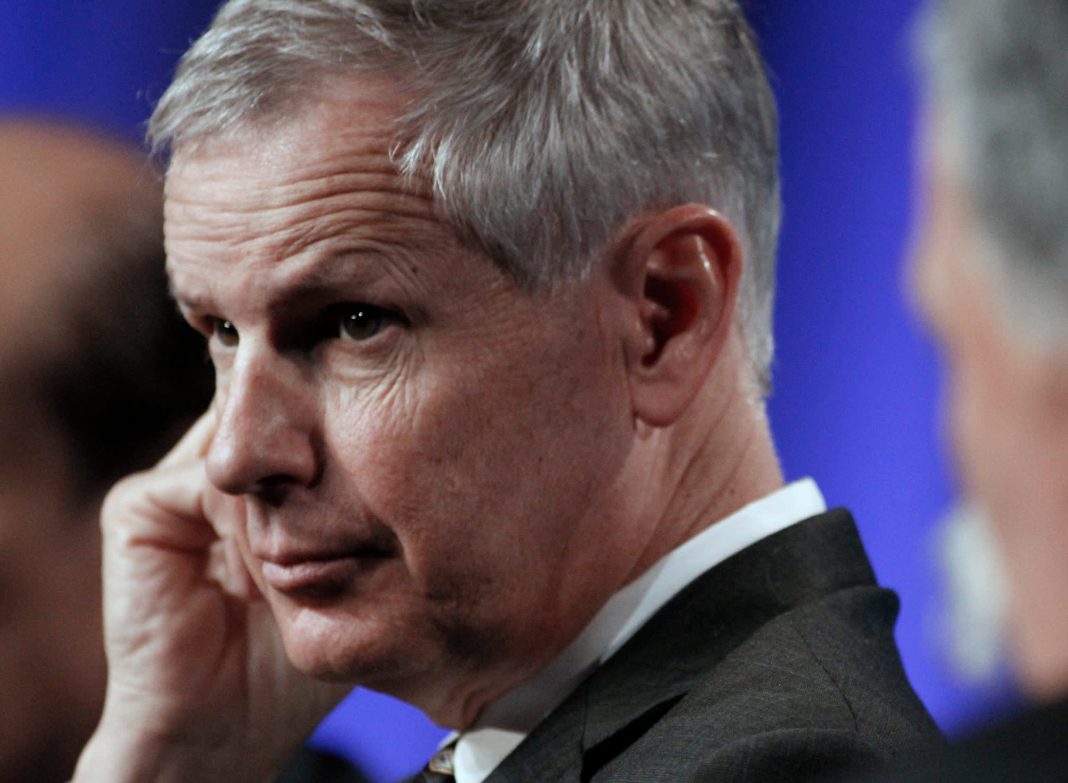As the world increasingly turns its gaze toward renewable energy sources, the conversation around wind turbines is becoming more urgent, especially in rural Victoria. Recently, farmers near Geelong received a stark warning: shards of plastic from wind turbines had been reported flying through the air, prompting recommendations to wear hard hats while working in the vicinity. This alert came in the wake of severe weather conditions affecting the Golden Plains Wind Farm, which is located roughly 65 kilometers southwest of Melbourne. With planning approval for up to 228 turbines across a sprawling 16,739 hectares, the implications of this incident raise serious questions about both safety and sustainability.
Environmental expert Steven Nowakowski, who has dedicated years to researching energy alternatives, weighed in on the situation. Nowakowski has long been critical of wind energy, asserting that while renewable technologies can contribute to a greener future, they also come with their own set of environmental hazards and financial burdens. “The Golden Plains turbines are fully made in China,” he pointed out, highlighting concerns over the manufacturing processes that may not adhere to stringent safety regulations. His observations suggest that the components of these turbines are not only poorly monitored but also potentially flawed. He expressed concern that the serrated edges designed to enhance airflow and efficiency could lead to dangerous situations if they were to break off during operation.
This incident in Victoria mirrors concerns raised earlier this year when pieces of a massive wind turbine blade broke apart off the coast of Nantucket Island, attributed to a design flaw. Such occurrences are not isolated; across the globe, entire turbines taller than 750 feet have collapsed, often due to structural inadequacies exacerbated by their significant height. These alarming examples underscore the need for rigorous oversight and accountability in the wind energy sector.
Nowakowski, who co-founded Rainforest Reserves Australia—a group advocating for environmental preservation—argues that the push for renewable energy needs to be tempered with caution. He emphasizes that the government sells the idea of renewable sources like wind and solar as “free” energy, yet neglects to disclose the extensive infrastructure costs involved. Wind farms and solar panels often rely on gas generators and battery systems for backup power, especially during periods of low wind or sunlight. This interconnectedness of energy systems can lead to inflated costs; Nowakowski estimates that Australia’s wind farm initiatives could soar to a staggering $600 billion, with turbines having a lifespan of merely 20 to 25 years.
In contrast to wind energy, Nowakowski has begun to advocate for nuclear power as a viable alternative. Initially wary of nuclear technologies, he has shifted his position based on thorough analyses that suggest nuclear energy could effectively meet the demands of a growing population and the burgeoning needs of data centers and artificial intelligence. He notes that coal communities are increasingly open to nuclear solutions, particularly if these facilities are integrated into existing coal-fired power stations, thus bypassing the need for costly new transmission infrastructure.
The regulatory landscape surrounding wind energy is further complicated by the focus on reaching net-zero emissions targets. Lawyer Dominica Tannock, who specializes in wind energy issues, has articulated concerns about the self-regulation of the wind industry. “The government’s asleep at the wheel because they’re trying to meet targets,” she stated, emphasizing the disconnect between political goals and the realities of wind farm operations. Many of these wind projects are foreign-owned, leading to questions about the prioritization of investor confidence over community safety. As governments strive to meet popular targets, Tannock warns that essential safeguards could be overlooked.
In response to the rising safety concerns, the Victorian government has initiated investigations alongside WorkSafe Victoria, the state body responsible for workplace safety. A spokesperson for the government reassured the public that “public safety is the highest priority,” emphasizing that wind farm operators must comply with stringent energy safety laws and regulations.
As the debate over wind energy continues, it becomes clear that while the transition to renewables is crucial for combating climate change, it must be accompanied by rigorous oversight and a transparent understanding of the associated risks and costs. Only through comprehensive analysis and responsible management can the promise of renewable energy be fulfilled without compromising safety or environmental integrity.

